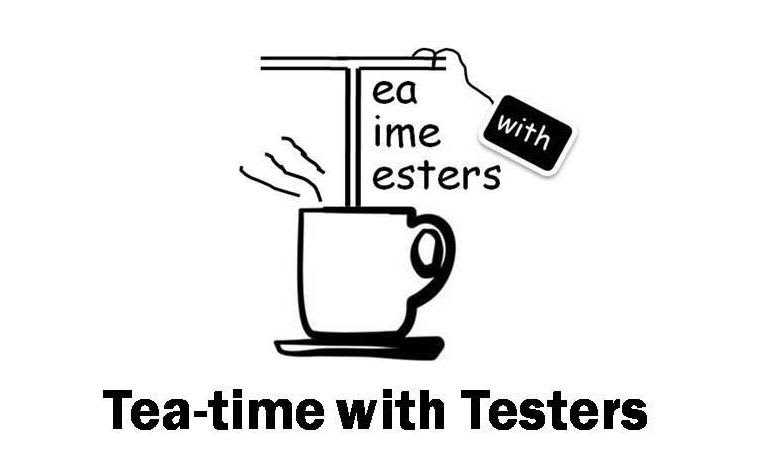Automation is considered an essential skill in many software testing positions. Yet it remains very hard to judge someone’s automation experience by conversation alone. If you think it is important to demonstrate your automation skills, why not invest some time into creating a test automation portfolio. Use it as a chance to show off your existing skills, or grow your technical prowess by conquering something new. It is rare that something which could have such a positive effect on your learning, self-development and career progression can be entirely free, and the payoff could be well worth the time investment.
What is a Test Automation Portfolio?
In 2019, Angie Jones authored an article titled “10 portfolio projects for aspiring automation engineers”. Angie notes that front end developers, UX professionals and others in technology are asked to provide examples of their work when trying to secure a new job, but as yet this isn’t commonplace for testers. A test automation portfolio fills that gap, by giving you an opportunity to demonstrate your skills, and have some fun in the process.
Why are they a good idea?
Have you ever been in an interview where people ask “can you tell us about your automation experience?” or “Tell us how you would automate a login page”? Wouldn’t it be great to have a ready-made response, to point them to some actual code you’ve written that demonstrates your point? Think of how much more powerful a persuader this would be to potential employers than a verbal answer. As someone who has done a lot of interviews over the years, I know it would blow my socks off.
Future career success aside, it is a widely held view that the best way to learn is by doing. Getting your nails dirty by coding an automation framework, and working your way through those gnarly issues (and there always are gnarly issues) could really help you to move from beginner to intermediate to advanced level at a much faster pace than watching an online tutorial can. Plus you may be able to quickly transfer what you learn back into the frameworks you use in your day job, or indeed use your new code as a working Proof Of Concept (PoC) to encourage adoption of a new tool or technique at work. Nothing speaks to people like seeing something in operation – theory alone simply does not have the same powers of persuasion.
Most importantly, if you leverage the incredible resources online such as Test Automation University, Ministry of Testing or YouTube, you can do this without spending a single penny. Certifications can cost thousands these days, and I’d put a well-written test automation portfolio on a par with some qualifications, and above others, when it comes to their potential impact on your future software testing career.
OK, that sounds pretty cool. Where should I start?
It’s tempting to dive straight in and start creating that GitHub Repo, but my advice would be to plan plan plan. Question why you want a particular project in your portfolio, let those principles drive everything that you select to go in it and set an achievable goal for yourself.
Ask yourself:
What is the driver for creating this portfolio?
- Is it to demonstrate your incredible technical prowess to future employers?*
- Is it to provide a Proof of Concept for a new tool to use where you work?*
- Do you want a suite of examples you can use when creating online demo’s or tutorials on YouTube?
- Do you want to compare different versions of the same library / language side by side to assess new functionality?
The possibilities are infinite – what level of breadth and depth do you want to go to?
- Perhaps you want to deep dive and go into a great level of detail for a single tool/language/layer of the stack.
- Perhaps you prefer to be shallow and broad, and give examples of a variety of different things to show you aren’t just a one trick pony.
Are you motivated by deadlines? If so, add one of those in too – just make sure it’s realistic. My portfolio took me 4 months and I’m still tinkering with it.
*if so, bonus points for creating a project based on their product, or website. And if anyone lands a job/gets a tool adopted because of following this advice, 1000% reach out and let me know, because that’s a win that needs to be celebrated.
From my experience, I’d also suggest starting with something easy, that you feel pretty confident achieving. Once you feel like you’re on a roll you can tackle the more challenging things. I deliberately left Selenium Webdriver 4.0 until last for this very reason – that way I was way too deep to quit by the time I got lost installing Chromium browser driver and had to push through that pain barrier.
Can you give me some examples?
In my blog series, I set about creating a goal that included frameworks throughout the stack. I wanted to try different tools, and use different sites to practice against.
Beth’s Test Automation Portfolio Outline:
• C#/Java solution for web browser automation for Opencart using Selenium WebDriver
• JavaScript solution for web browser automation for Opencart using Cypress
• API testing for Restful Booker using Postman
• CI integration testing using TAIKO
• UIpath to do RPA testing reading from a sql server express database
• BONUS: NUnit Testing of Restful Booker
Tips:
- Set a goal. Decide in advance what you want to do and do your best to stick to it.
- Use Github to host your completed code – use a private repo or share with the world
- Take advantage of free online resources such as Test Automation University, they often provide example code to get you started.
- Ask for help if you get stuck – reach out to the wider testing community who are always happy to support.
- Brag about it! Tell others about what you are doing, maybe even try to collaborate on a project, the world is your oyster.
- Enjoy it! If this starts to feel monotonous and like a chore, switch to a different project or leave it alone for a while. Automation can be a process of trial and error, and immeasurably frustrating, but getting over those humps is a great feeling and worth the perseverance.
- Reward yourself! Every time you feel like you’ve made a breakthrough with the portfolio, give yourself a pat on the back, or treat yourself to something nice – the carrot is, after all, infinitely better than the stick

Beth Marshall
A passionate QA advocate, Beth has been working in QA for the last 13 years, most recently as Senior Test Lead at Edtech company Smoothwall, based in Leeds, UK. Recent projects have seen her co-host a software testing bootcamp, and she also loves to collaborate with folk in the wider testing community. Many moons ago, a colleague handed Beth a well thumbed issue of TTwT, and she remembers it vividly as the first time she was made aware that her “job” was actually a “career”. She is both delighted and honoured to be part of the 10th anniversary edition. You can check out Beth’s blog at beththetester.com, she Tweets @Beth_AskHer, or connect with her on LinkedIn


[…] Tea Time With Testers 🫖 […]
[…] at international conferences, keynoted at Ministry of Testing events alongside writing for Teatime with Testers and many others. In fact, my Test Automation University course came about because Angie Jones read […]